We know we have lots of students and trainees looking for career advice on our Women In White Coats blog, so we decided to put together a Career Series to help you better understand what the different fields and specialties within healthcare are like. This week we asked Dr. Ashvini Reddy about her career as a ophthalmologist. Check out our Question and Answer discussion.
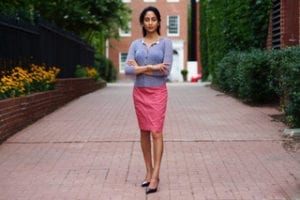
Q. How did you decide to go into your field?
A. I enjoyed many things in medical school, and ophthalmology was my favorite. The human eye is an amazing organ, and examinations of the eye give physicians an incredible amount of insight into hundreds of medical diseases.
Q. How many years did you study and train? Where did you go to school and train?
A. I earned my undergraduate degree in 3.5 years at the University of Texas at Austin, my medical degree in four years at Baylor College of Medicine, I did a one-year research fellowship in Houston, one year on internship at Baylor College of Medicine, three years of residency in ophthalmology at Baylor College of Medicine, and one year of fellowship at Bascom Palmer Eye Institute.
Q. What are somethings you enjoy about your chosen field?
A. I specialize in ocular inflammatory disease and medical retinal conditions, so I see some of the most interesting patients. Most of patients have chronic eye disease, and with the treatments we are now able to offer, most patients do really well. It is very satisfying and rewarding. My field also allows me to do a lot of teaching and clinical research that parallel my clinical interests.
Q. What are somethings you wish were different about your chosen field? What are some of the challenges you face within your field? Were there obstacles you had to overcome?
A. Ophthalmology is one the most rewarding fields in medicine, and we are always working on findings ways to make it even better. Ophthalmology is a field in which there are many advances in technology, diagnostics, and management, so working to stay up to date and offer patients the best in care can be challenging. Like women in other specialties, women in ophthalmology are known to have lower earnings, fewer industry partnerships, and fewer leadership positions relative to men. This is a situation I work hard to better understand through research in order to improve.
Q. What is your lifestyle like?
A. I joined the faculty at Dean McGee Eye Institute in August of this year. My lifestyle here is wonderful. I have a supportive chairman and very supportive colleagues who make my work a joy. However, even when you love the work you do, it is difficult to strike the perfect work-life balance as a parent of an infant, so I am always working on finding ways to be the best spouse, mother, scientist, advocate, and physician.
Q. What advice would you give to women considering pursuing a career in your field? Would you recommend your field to them?
A. Women are underrepresented in ophthalmology (and many other STEM disciplines), so women who enter the profession may have to define their roles more than women in other workplaces. Improving the gender dynamic is an expressed priority of the American Academy of Ophthalmology, the National Institutes of Health, and the American Medical Association. I study medical socioeconomics to give the public an idea of what the gender dynamic is like in ophthalmology. Without a better understanding the degree of disparity in the field and the generation of metrics by which progress can be gauged, women may feel discouraged and the specialty may fail to recruit valuable talent.
Q. Is there anything else you would like to share with readers about your field?
A. Full enfranchisement of women clinicians and scientists is one of the most important prerequisites for continued scientific and medical advancement in ophthalmology. As such, correcting gender imbalance is in the interest of public health. There are now multiple publications documenting gender disparity in earnings, industry partnership, federal research funding, authorship, editorial status, and sexual harassment in my field. In fact, our research shows that the average female ophthalmologist collects approximately 58 cents for every dollar collected by a male ophthalmologist. It is my hope that more analyses of this type in ophthalmology and in other medical specialties will raise awareness and lead to resolution of disparity.
Ashvini Reddy, MD is a faculty ophthalmologist at Dean McGee Eye Institute with demonstrated interest in the use of big data analytics to better understand gender disparity in the physician workforce. She specializes in the management of ocular inflammatory and retinal disease.
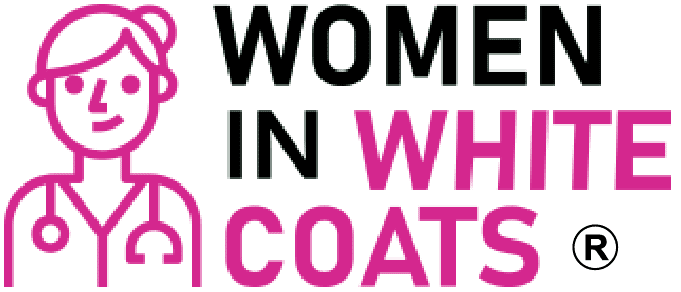
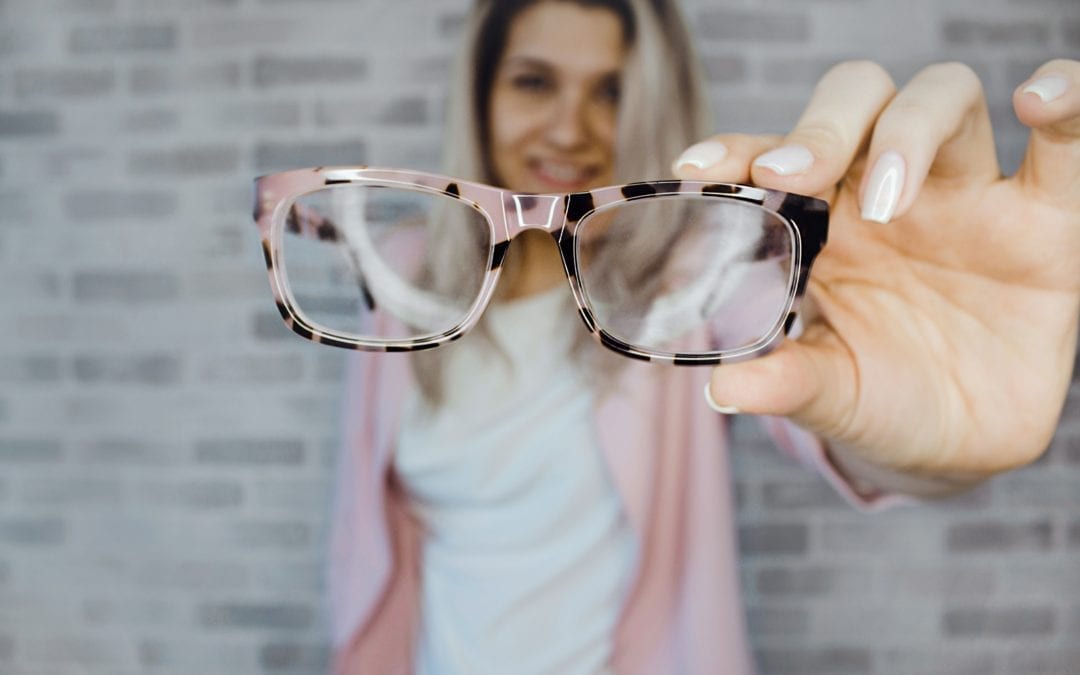
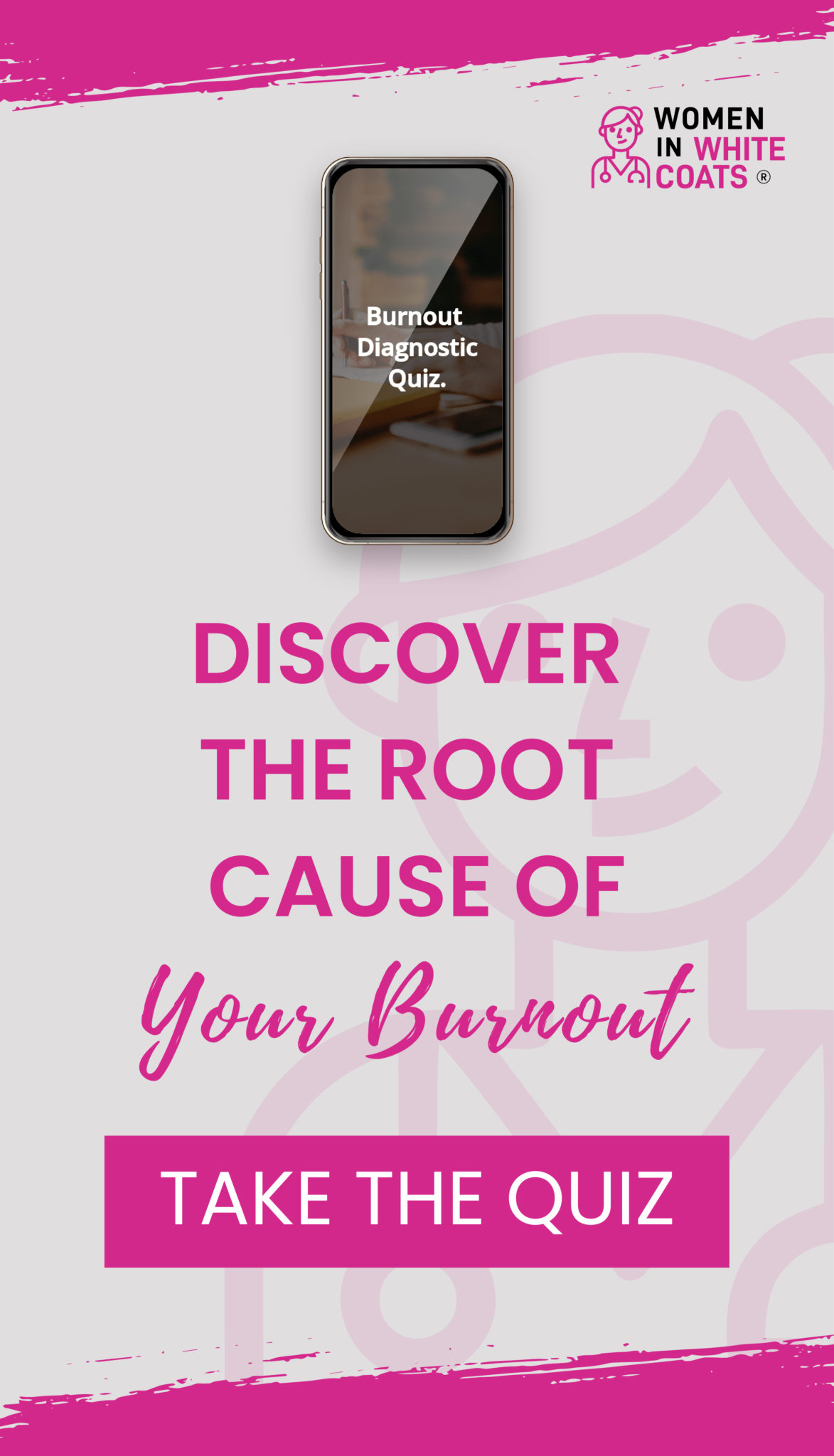

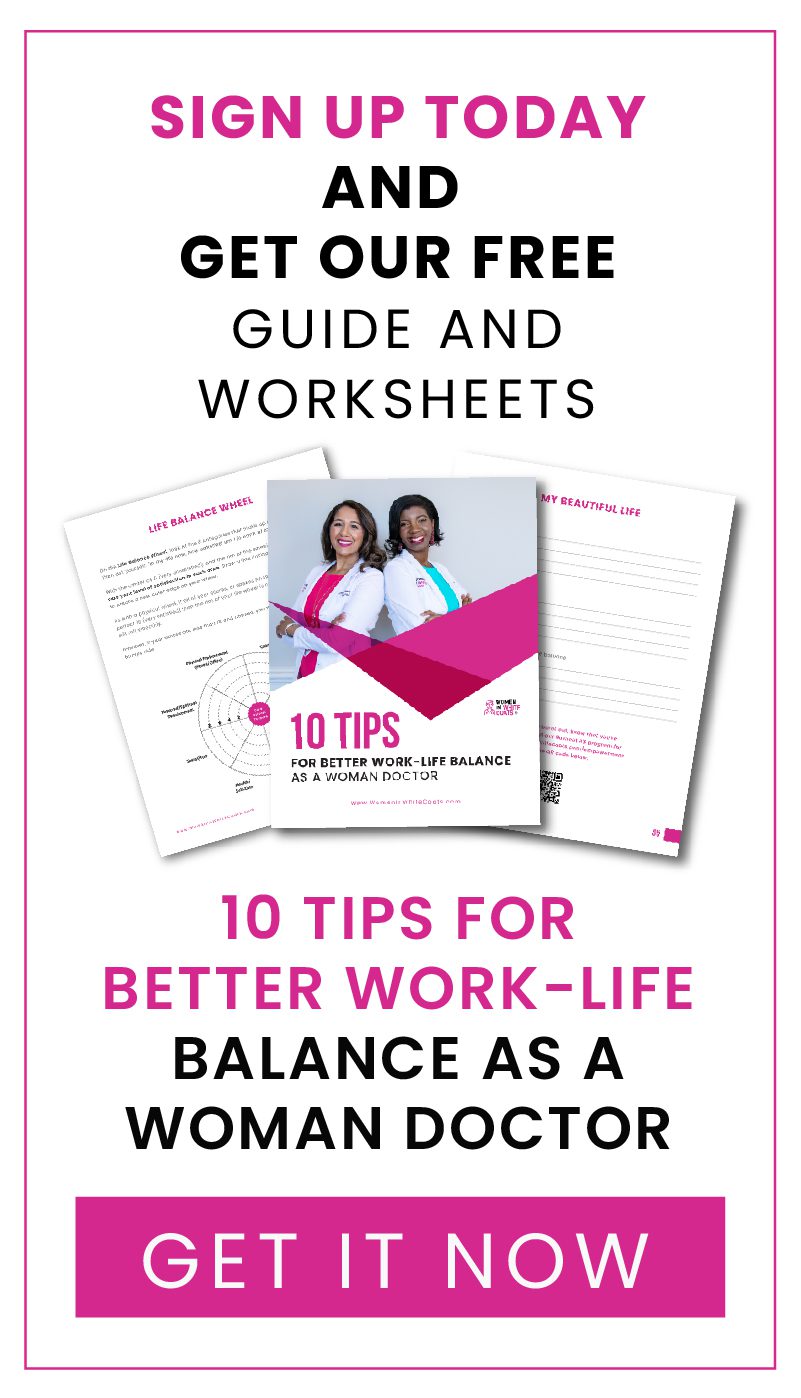
Thanks for sharing! Yes, we need more women in many fields of medicine.